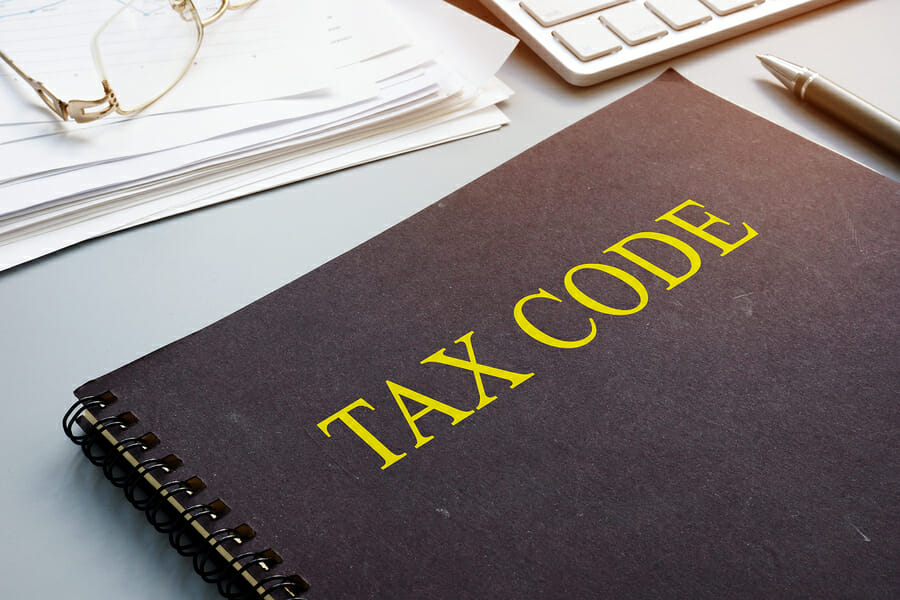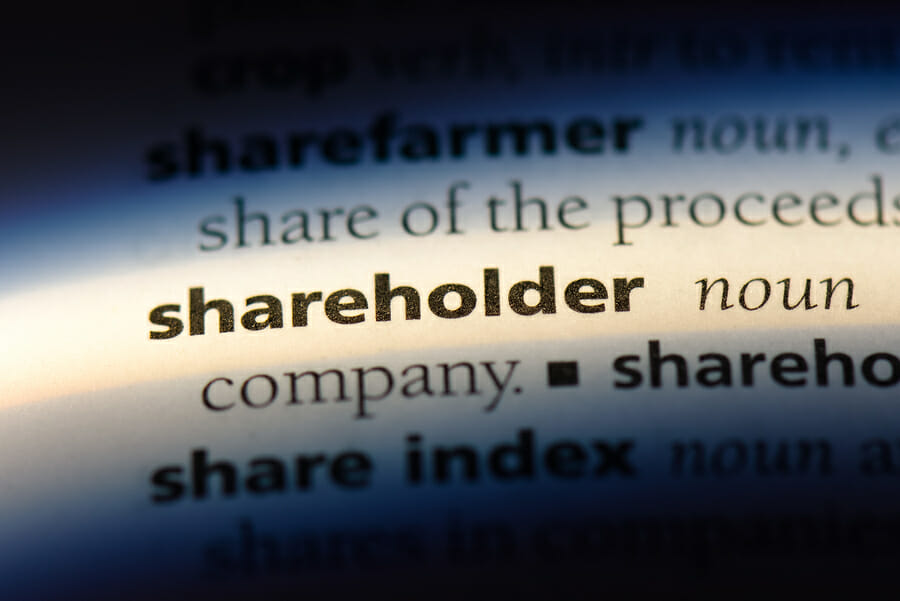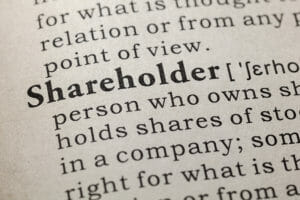Shareholder Loans, Benefits, and Their Risks
Incorporation isn’t all upside when it comes to taxes. As with most areas of Canadian law, corporations and their shareholders function as separate persons for tax purposes. The Canadian tax code spends a significant amount of space attempting to achieve “integration,” the principle that the same activities should be taxed similarly regardless of whether or not they are undertaken through a corporation. For example, directors of companies who pay themselves all their business’s profits as a salary or dividends end up with tax bills very similar to those they would have had if they had operated the business personally.
While incorporation can provide significant opportunities to defer tax or spread income over several years, taxpayers who fall behind or fail to keep their records up to date can end up having to pay tax on all of their income at both the corporate and individual level. While deft use of incorporation can allow individuals to defer tax and protect their own assets, incorporating is not all upside.

Section 15 of the ITA deals with some transactions between corporations and their shareholders — among them shareholder loans and benefits — that businesses should keep it in mind when managing their finances.
Shareholder Loans
Corporations maintain an account recording loans from and to their shareholders. If, at the end of the year, the shareholder owes the corporation money, the shareholder must claim this amount as income. However, should the shareholder pay back the loan down the road, he can claim a deduction for the same amount under paragraph 20(1)(j). If the shareholder pays back the loan prior to the end of the year, he may also be required to include interest on his income if he had received a low interest or interest-free loan.
By keeping a record of payments and an eye on interest, shareholder loans can be an effective tool to compensate shareholders, where the balance of the loan is declared as a dividend during the year.
Shareholder Benefits
However, shareholder benefits are almost always to be avoided. Where a corporation provides a “benefit” to a shareholder, other than those that involve using specifically authorized tools, such as dividends, salary, and the repayment of loans, the shareholder needs to include the value of that benefit in their income. “Benefit” is intentionally broad, including, but not restricted to, shareholders taking money from the company, underpaying for the company’s services, or having the company cover their personal expenses. As for the corporation, it cannot claim a corresponding deduction—resulting in “double taxation.”

The Excise Tax Act, legislation governing GST/HST in Canada, contains similar rules to limit self-dealing shareholders. Should this happen, a company may be required to pay sales tax despite never collecting any from its shareholders.
A prime example of this issue is a closely held corporation paying the expenses of its shareholders. If the company is audited, the CRA will likely deny not only the expenses that the company claimed, but also assess the same amount as a benefit to the shareholder. As a result, both the company and the shareholder pay tax on the cost of the expense.
Where the CRA audits small businesses to assess whether they have reported all of their sales, this second level of tax can make an enormous difference, particularly because penalties are assessed as well. For example, if a director reports his corporation paying him $95,000 in salary in a given year, the CRA can audit the company and determine that it under-reported its sales by $50,000. For an Ontario business and resident, the tax bill would levy 37.16% in combined federal and provincial individual tax, along with 12.5% corporate tax (for a total of 49.66%). In addition, the CRA can tag on a 50% penalty, resulting in a 74.5% tax rate. With HST and GST gross negligence penalties that add on an additional 16.25%, the CRA would assess a combined tax of over 90% on the sticker price of unreported sales! The CRA can then use these same transfers of assets from the business to its operators to justify shifting all of this tax to them personally.
These additional layers of tax also increase the resources and time required to fight any assessments; while some or all of them may be dealt with together, the taxpayer still needs to file multiple objections or appeals to court.

As such, incorporated businesses should be particularly vigilant in maintaining airtight books and records. Maintaining, for example, detailed sales journals with numbered entries can prevent unreported income audits, while keeping notes of whom you have had business meals with and what you discussed can prevent both disallowed meal & entertainment expenses and a personal assessment.
Taxpayers looking to minimize tax may notice the frequent and often publicized use of corporations by wealthy Canadians to save tax. They might consider buying a cottage or second property through a corporation, thinking that it could limit their exposure to capital gains taxes when they sell their property. However, owning a personal-use or partially personal-use property under a corporation’s name can create both a shareholder benefit for the individual (rent-free use of a home) and deemed income to the corporation, creating a tax bill for both the corporation and the shareholder without any meaningful benefit.
Leaving aside the risks of double taxation, in some circumstances, corporations may simply lose their tax benefits. For example, companies that are referred to as “personal services businesses” can claim few expenses available to other businesses.
If you are considering incorporating your business and hope to do so in a tax-efficient way, or if the CRA is threatening you with shareholder benefit assessments, contact Kalfa Law Firm to speak with a member of our corporate, commercial, and tax law team.
F.A.Q’s:
-James Alvarez, Tax Counsel
© Kalfa Law Firm 2020














